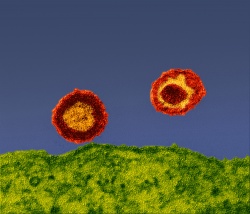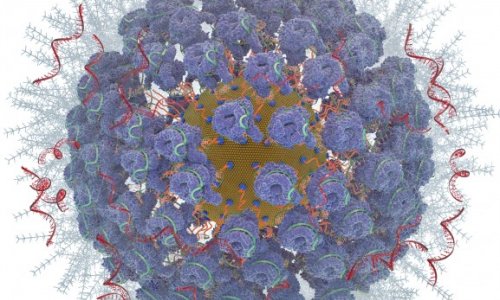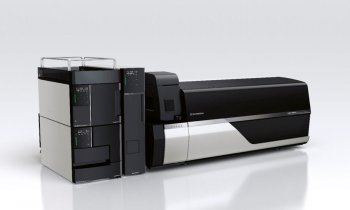HIV
Identification of a molecule that recognizes HIV in immune cells
In collaboration with colleagues from California and New York, researchers of the Paul-Ehrlich-Institut have identified a cytosolic receptor which enables cells of the immune system to recognize HIV and to trigger an immune response. The findings of the researchers may be a useful tool for creating an effective endogenous immune response against HIV and helpful to boost vaccine responses.

Particular immune cells of the body called dendritic cells are in principle capable of recognizing HIV-1 as foreign invader. HIV-1, usually just referred to as HIV, causes the immune deficiency disease AIDS (acquired immunodeficiency syndrome). Up to now, it has been unclear how the cells identify the virus as "foreign". In collaboration with colleagues from the Sanford Burnham Medical Research Institute, La Jolla, California and the Icahn School of Medicine at Mount Sinai, New York, Dr Renate König, head of the research group "Cellular Aspects of Pathogen-Host Interactions" at the Paul-Ehrlich-Institut and her research team have discovered that polyglutamine binding protein 1 plays an important role in this mechanism.
They have demonstrated that this protein recognizes and binds to specific retroviral DNA. Although the genome of retroviruses, which also includes HIV, is normally present as RNA, it must first be transcribed into DNA, before it can integrate into the genome of the host cell. PQBP1 binds to the viral DNA and, moreover, binds to an additional protein called cyclic GMP-AMP synthase. It is not until this connection has been made that cGAS can activate a signal pathway which in turn activates the innate immune system and in turn, the specific immune system. "With PQBP1, we have identified an important receptor which mediates the recognition of HIV by the cell and the immune system", as Dr König described the research results. Up to now, it was assumed that cGAS alone was able to recognize foreign DNA. The researchers were now able to identify an additional important module in this mechanism.
Without PQBP1, dendritic cells are unable to recognize HIV. This was shown by Dr König and colleagues by investigating blood samples taken from patients suffering from Renpenning syndrome. In patients with this neurodegenerative disorder, the gene for PQBP1 has mutated and the protein is therefore not functional. The retroviral DNA of these patients’ immune cells could not bind to the protein so in turn cGAS signaling is not activated.
In principle, dendritic cells harbor the mechanism described here, which permits the activation of an immune response after the contact with retroviral DNA. Thus, the identified mechanism may guide potential treatment approaches. As Dr König explained the possible benefit from the findings: "Activation of this mechanism by an adjuvant could improve the immune response against HIV in the body and could thus also be used in immune therapy".
Source: Paul-Ehrlich-Institut - Bundesinstitut für Impfstoffe und biomedizinische Arzneimittel
08.06.2015











